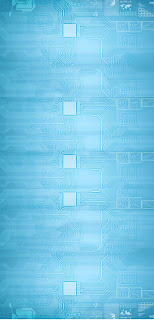Understanding PCB and PCBA
PCB (Printed Circuit Board) and PCBA (Printed Circuit Board Assembly) are two different terms used in the electronic industry. These are two distinct things, which should never be used interchangeably.
The difference lies in the functionality of these two units – while PCB is a blank circuitry board, PCBA has all the necessary electronic components for the board to function as intended. A PCB is not functional because it lacks the required components. These are two different aspects of the same process. A PCB provides the bases to build a PCBA.
Let’s take a closer look at them.
PCB
Modern electronic devices use PCBs as their core. They provide mechanical support and electrical connectivity to the components. The boards are made of laminate materials like fiberglass and composite epoxy, with conductive pathways to connect different parts of the board. These pathways are printed onto the board as per the predetermined design of the PCB.
An aluminum core PCB features a thin layer of conductive electrical insulator material. They are called aluminum base, or aluminum clad, IMS – Insulated Metal Substrate, or thermally conductive PCBs. Developed in 1970s, they were used in hybrid circuits. Aluminum PCBs are used at a much large scale these days.
PCBA
Clearly, PCB is a blank board, but a PCBA refers to a completed PCB assembly with all the electronic components in place to let the board function as intended. PCBA may also indicate the process of assembling the board with the required components that make it functional.
Surface-Mount Technology and Thru-Hole Technology are two main technologies used by a PCBA company for PCB assembly.
Manufacturing a blank board is a simple process than producing a complete board that is PCBA.
A Hong Kong based company, Best Technology, takes the lead in manufacturing PCBs and PCBAs to meet different product requirements.


Comments
Post a Comment